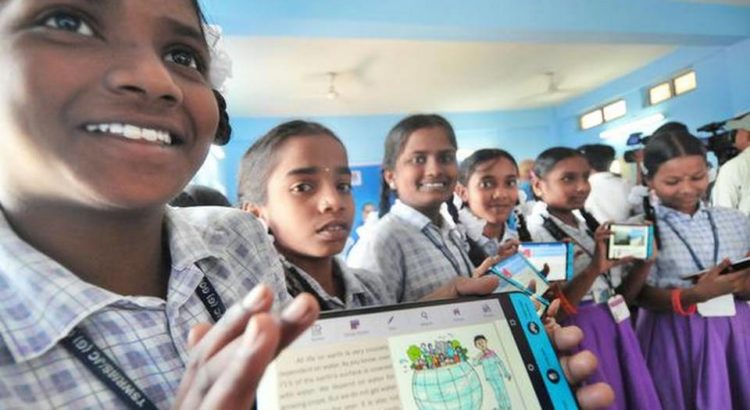By Ranesh Jha.
While we have seen currency changing forms — coins to paper and now the newer crypto variants — knowledge and education continue to remain the most important currency of every society. India is no exception. With a growing urban base, increasing Internet penetration, and rising millennial population, India is on the cusp of a major digital transformation.
E-learning has the potential to be a harbinger of social change in India. With more than 400 million Internet users and more than 330 million connected smartphone users, and being a country for the second most social site users, India has immense opportunity to grow and tap the potential of technology in the field of education.
Breaking barriers
There is an increasing realisation that initiatives like Digital India will have a major role to play in shaping e-learning in India. With focus on delivering education through digital platform, there is an opportunity to access learning sources through a global platform, providing accessibility to teachers as well as students, which can break socio-economic barriers to gaining quality education.
However, to achieve the same, there is a need to have a targeted approach to improving education through digitisation. Integrating technology to our large and complex school system can have a major impact. In the academic field, development of e-learning teaching strategies that encourage greater engagement and also take into consideration different learning styles can help improve teaching effectiveness and academic achievement.
Culture of learning
The rate at which new technologies are being developed and adopted around the world is accelerating. While this acceleration of change gives us new opportunities to improve the learning process, we must not ignore what we have learned about good pedagogy from centuries of experience.
Looking back, we have the example of equity and quality of education in ancient India which is unparalleled. From higher philosophy, which was usually referred as darshan shastra, to subjects like literature and science, vocational training had a very important place in our ancient education system.
In medieval times, different education models were experimented with. However, the core system remained resilient and unchanged. In India, close relationship existed between the pupil and the teacher.
The teacher paid individual attention on his students and taught them according to their aptitude and capability. We also find evidence of modern day skills deeply embedded in our ancient education system, such as memorisation, critical analysis, introspection, storytelling, hands-on method, and seminars.
Way forward
The next few years will see India leapfrog in the field of education aided by technology. In the journey of reshaping education in India, it is important that a structure is put in place. There is a need for collective and equitable public-private partnership to address the large gap.
The ecosystem should be spruced up to make teaching a profession of choice and not something that ‘happened by chance’. Teachers should be empowered in terms of improved competencies, better growth opportunities, and a sense of fulfilment. Furthermore, the education system should support the start-up ecosystem, and learning should be geared towards competencies.
Much like in e-commerce and telecom models, we are seeing innovations and ideas that are India-specific. And these very ideas will increase the relevance of content, delivery, and access across the country.
This will, in turn, lend itself to shaping the global e-learning industry as well. We are surely looking at exciting times ahead.
From: http://www.thehindu.com/education/on-the-digital-highway/article22917060.ece







 Users Today : 270
Users Today : 270 Total Users : 35459865
Total Users : 35459865 Views Today : 444
Views Today : 444 Total views : 3418416
Total views : 3418416